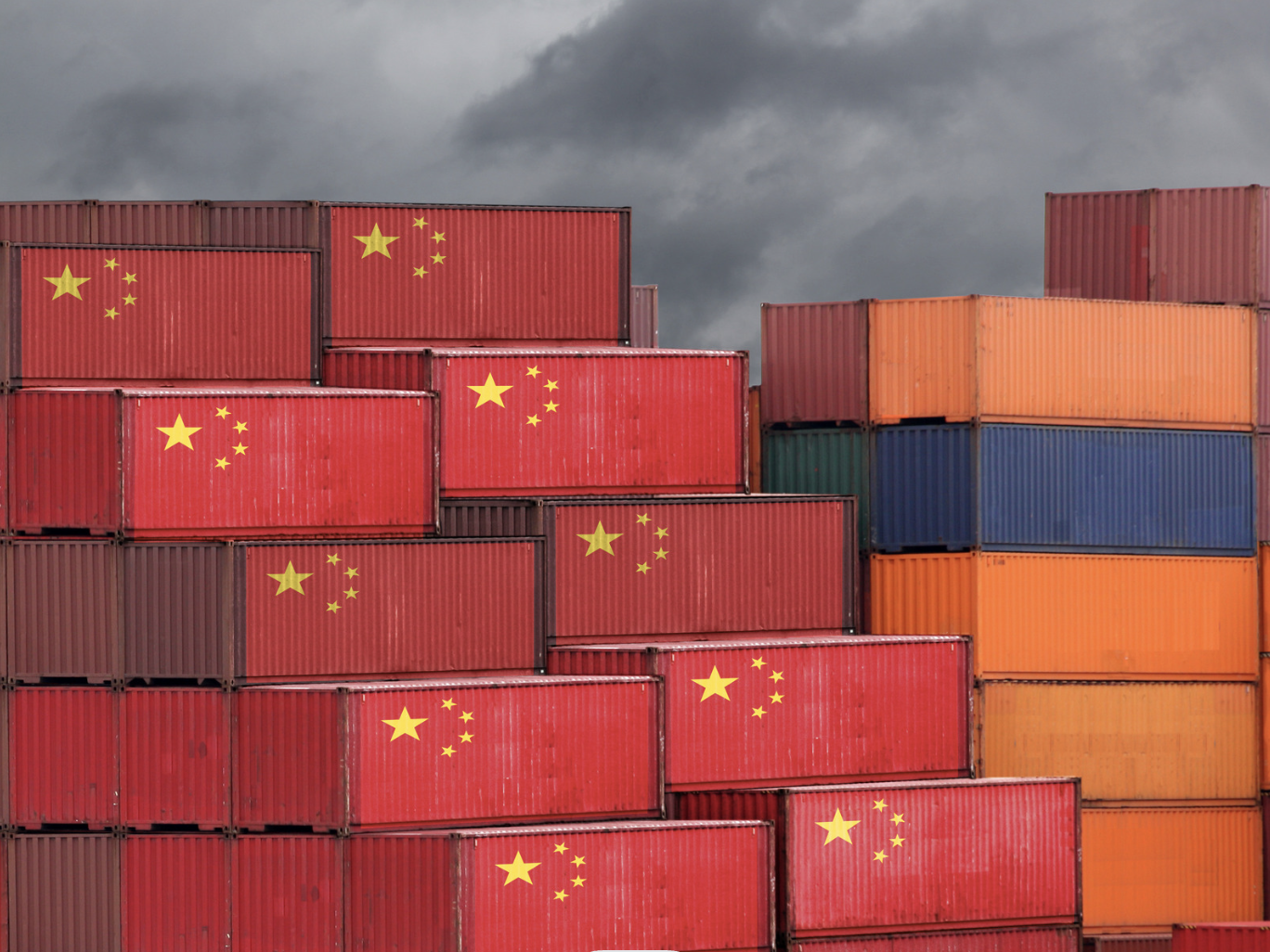Chinese exporters, who have benefited from a weak yuan, are now facing a new challenge as the currency strengthens. The “offshore” yuan traded in Hong Kong surged to its strongest level for 2024, trading below 7.1 against the U.S. dollar on Monday before settling around 7.18 as of Wednesday afternoon, according to Wind Information.
These fluctuations occurred amid a global stock market sell-off as investors reassessed their outlook for the U.S. economy and potential interest rate cuts. High rates have bolstered the U.S. dollar, which in turn has helped keep the Chinese yuan weak, making Chinese exports competitively priced abroad. However, the offshore yuan has strengthened against the U.S. dollar over the past month, reversing its earlier weakness.
Many trade companies, particularly smaller ones, have adopted a cautious approach. “Many are now preferring not to take orders rather than accept loss-making ones,” said Winnie Wang, president of the Shenzhen Cross-Border E-Commerce Association, according to a CNBC translation. She highlighted one company that saw its revenue reach 20 million yuan ($2.8 million) during the first half of the year, thanks to the weaker yuan, allowing it to raise employee salaries. However, this company did not secure a single order in July due to the stronger yuan forcing price hikes.
Ryan Zhao, director at Jiangsu Green Willow Textile, noted that recent foreign exchange fluctuations will cut into about 2% of profits on accounts receivable this month. “We are concerned that prolonged yuan appreciation will lead to price increases by Chinese suppliers, affecting the export businesses,” he said. Zhao added that his company negotiates a middle exchange rate with customers to manage these fluctuations.
China reported slower-than-expected growth in U.S. dollar-denominated exports for July on Wednesday, while imports surprised with a better-than-expected increase. Exports have been a bright spot as China’s economic growth slows, with many local companies accelerating overseas expansion plans to capture faster growth opportunities abroad. This has increased their exposure to currency fluctuation risks.
China’s foreign exchange regulator has published guides over the past two years on how businesses can mitigate such risks. “Apart from geopolitical reasons, Chinese companies are increasingly focused on hedging currency risk because they are localizing operations globally, making their operations more complex,” said Chris Pereira, president and CEO of consulting firm iMpact. He added that many Chinese cross-border e-commerce companies are also hedging against the Euro, British Pound, and Japanese Yen.
China’s Shackled Economic Growth Despite Government Inducements
Larger companies typically work with banks to secure forward contracts or options, locking in exchange rates for future transactions, while smaller businesses often turn to fintech companies like Airwallex and LianLian Pay.
Global businesses and investors have recently increased their focus on currency risk. Many institutional investors have started to unwind a popular carry trade in the Japanese yen following the Bank of Japan’s interest rate hike last month. The Chinese yuan has similarly been attractive due to low interest rates in China, but several analysts expect this to change.
“A large amount of foreign currency is awaiting settlement against the yuan,” said Zhou Ji, macro FX analyst at Nanhua Futures. Zhou noted that earlier in the year, there was a lack of willingness to settle due to widespread expectations that the yuan would weaken against the U.S. dollar, a view supported by the People’s Bank of China’s latest interest rate cuts.
Fast-fashion giant Shein and PDD Holdings’ Temu are prominent examples of Chinese cross-border e-commerce companies. Many small businesses, often with their own factories in China, have entered the industry to sell on platforms like TikTok, Amazon, or Alibaba.
Chinese policymakers have supported the development of cross-border e-commerce by promoting special economic zones and overseas warehouse construction. Official data shows explosive growth in the industry, with over 120,000 cross-border e-commerce entities in China as of June. This sector grew by 10.5% year-on-year in the first half of the year, accounting for nearly 5.8% of total trade, up from 5.7% in the first quarter.
Winnie Wang pointed out that large Chinese companies tend to negotiate deals with business partners to mitigate currency risks. Chris Sun, founder and CEO of BrandPal, noted that many smaller businesses have expanded overseas to move capital outside China, making them less affected by recent currency moves. These companies, often newly registered in the last year or two, focus on spending yuan within China while earning U.S. dollars from overseas sales.
China’s New Economic Blueprint Is Tech- and Inducement-Driven





